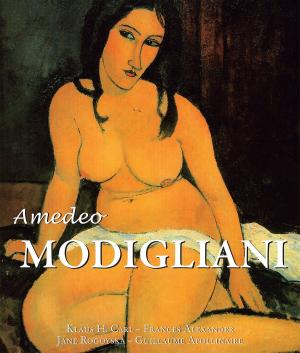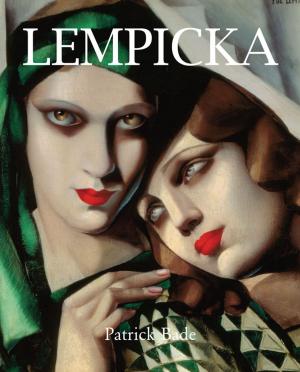| Author: | Nathalia Brodskaya | ISBN: | 9781780420271 |
| Publisher: | Parkstone International | Publication: | July 1, 2011 |
| Imprint: | Parkstone International | Language: | English |
| Author: | Nathalia Brodskaya |
| ISBN: | 9781780420271 |
| Publisher: | Parkstone International |
| Publication: | July 1, 2011 |
| Imprint: | Parkstone International |
| Language: | English |
Mary was born in Pittsburgh. Her father was a banker of liberal educational ideas and the entire family appears to have been sympathetic to French culture. Mary was no more than five or six years old when she first saw Paris, and she was still in her teens when she decided to become a painter. She went to Italy, on to Antwerp, then to Rome, andfinally returned to Paris where in 1874, she permanently settled. In 1872, Cassatt sent her first work to the Salon, others followed in the succeeding years until 1875, when a portrait of her sister was rejected. She divined that the jury had not been satisfied with the background, so she re-painted it several times until, in the next Salon, the same portrait was accepted. At this moment Degas asked her to exhibit with him and his friends, the Impressionist Group, then rising into view, and she accepted with joy. She admired Manet, Courbet and Degas, and hated conventional art. Cassatt’s biographer stressed the intellectuality and sentiment apparent in her work, as well as the emotion and distinction with which she has painted her favourite models: babies and their mothers. He then speaks of her predominant interest in draughtsmanship and her gift for linear pattern, a gift greatly strengthened by her study of Japanese art and her emulation of its style in the colour prints she made. While her style may partake of the style of others, her draughtsmanship, her composition, her light, and her colour are, indeed, her own. There are qualities of tenderness in her work which could have been put there, perhaps, only by a woman. The qualities which make her work of lasting value are those put there by an outstanding painter.
Mary was born in Pittsburgh. Her father was a banker of liberal educational ideas and the entire family appears to have been sympathetic to French culture. Mary was no more than five or six years old when she first saw Paris, and she was still in her teens when she decided to become a painter. She went to Italy, on to Antwerp, then to Rome, andfinally returned to Paris where in 1874, she permanently settled. In 1872, Cassatt sent her first work to the Salon, others followed in the succeeding years until 1875, when a portrait of her sister was rejected. She divined that the jury had not been satisfied with the background, so she re-painted it several times until, in the next Salon, the same portrait was accepted. At this moment Degas asked her to exhibit with him and his friends, the Impressionist Group, then rising into view, and she accepted with joy. She admired Manet, Courbet and Degas, and hated conventional art. Cassatt’s biographer stressed the intellectuality and sentiment apparent in her work, as well as the emotion and distinction with which she has painted her favourite models: babies and their mothers. He then speaks of her predominant interest in draughtsmanship and her gift for linear pattern, a gift greatly strengthened by her study of Japanese art and her emulation of its style in the colour prints she made. While her style may partake of the style of others, her draughtsmanship, her composition, her light, and her colour are, indeed, her own. There are qualities of tenderness in her work which could have been put there, perhaps, only by a woman. The qualities which make her work of lasting value are those put there by an outstanding painter.















